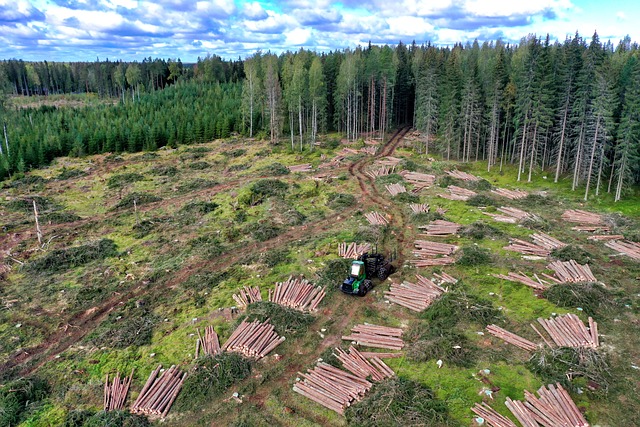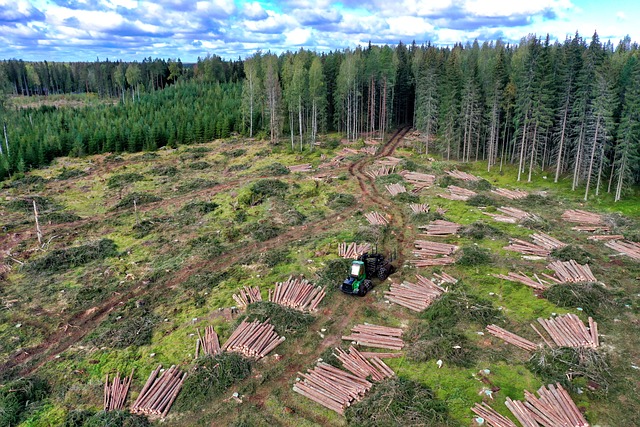-
Table of Contents
California Department of Forestry and Fire Protection: A Comprehensive Overview

The California Department of Forestry and Fire Protection, commonly known as CAL FIRE, plays a crucial role in managing the state’s vast natural resources and protecting its communities from the devastating impacts of wildfires. Established in 1885, CAL FIRE has evolved into a multifaceted agency that not only focuses on fire suppression but also emphasizes prevention, education, and resource management. This article delves into the agency’s functions, challenges, and successes, providing a well-rounded understanding of its significance in California.
Mission and Responsibilities
CAL FIRE’s mission is to serve and safeguard the people and resources of California. The agency is responsible for:
- Fire prevention and suppression
- Forest management and conservation
- Emergency response and disaster management
- Public education and outreach
- Collaboration with local, state, and federal agencies
With over 31 million acres of state responsibility area, CAL FIRE is tasked with protecting not only the forests but also the communities that reside within and around these natural landscapes. The agency employs more than 6,000 personnel, including firefighters, foresters, and support staff, to carry out its mission effectively.
Fire Suppression and Management Strategies
One of CAL FIRE’s primary responsibilities is fire suppression. The agency employs a range of strategies to combat wildfires, including:
- Direct attack: Firefighters engage the fire directly using hand tools, water, and fire retardants.
- Indirect attack: Creating firebreaks and using controlled burns to manage fuel loads.
- Aerial support: Utilizing helicopters and air tankers to drop water and retardants on active fires.
In recent years, California has experienced an increase in the frequency and intensity of wildfires, attributed to climate change, drought conditions, and urban development in fire-prone areas. For instance, the 2020 wildfire season was one of the worst in California’s history, with over 4 million acres burned and thousands of structures destroyed. CAL FIRE’s response to these challenges has included enhancing its firefighting capabilities and investing in advanced technology for fire detection and monitoring.
Prevention and Education Initiatives
Beyond firefighting, CAL FIRE places a strong emphasis on prevention and education. The agency implements various programs aimed at reducing wildfire risks, such as:
- Community Wildfire Protection Plans (CWPP): Collaborating with local communities to develop tailored strategies for wildfire risk reduction.
- Fire Safe Councils: Engaging community members in fire prevention efforts and promoting best practices for home hardening.
- Public education campaigns: Raising awareness about fire safety and preparedness through workshops, social media, and outreach events.
These initiatives are crucial in empowering communities to take proactive measures against wildfires. For example, the “Ready, Set, Go!” program encourages residents to prepare their homes and families for potential evacuations, significantly improving community resilience.
Challenges and Future Directions
Despite its successes, CAL FIRE faces numerous challenges in its mission to protect California’s natural resources and communities. Some of the key challenges include:
- Climate change: Increasing temperatures and prolonged droughts contribute to more frequent and severe wildfires.
- Urban development: Expanding communities in fire-prone areas complicate fire management efforts.
- Funding constraints: Limited budgets can hinder the agency’s ability to invest in new technologies and resources.
To address these challenges, CAL FIRE is focusing on innovative solutions, such as enhancing partnerships with local agencies, investing in research on fire behavior, and advocating for policies that promote sustainable land management practices.
Conclusion
The California Department of Forestry and Fire Protection is a vital agency dedicated to protecting the state’s natural resources and communities from the ever-growing threat of wildfires. Through its comprehensive approach to fire suppression, prevention, and education, CAL FIRE not only responds to emergencies but also works proactively to mitigate risks. As California continues to face the challenges posed by climate change and urban development, the agency’s commitment to innovation and collaboration will be essential in safeguarding the state’s future. Understanding CAL FIRE’s role and initiatives empowers individuals and communities to take part in fire prevention efforts, ultimately contributing to a safer California.

